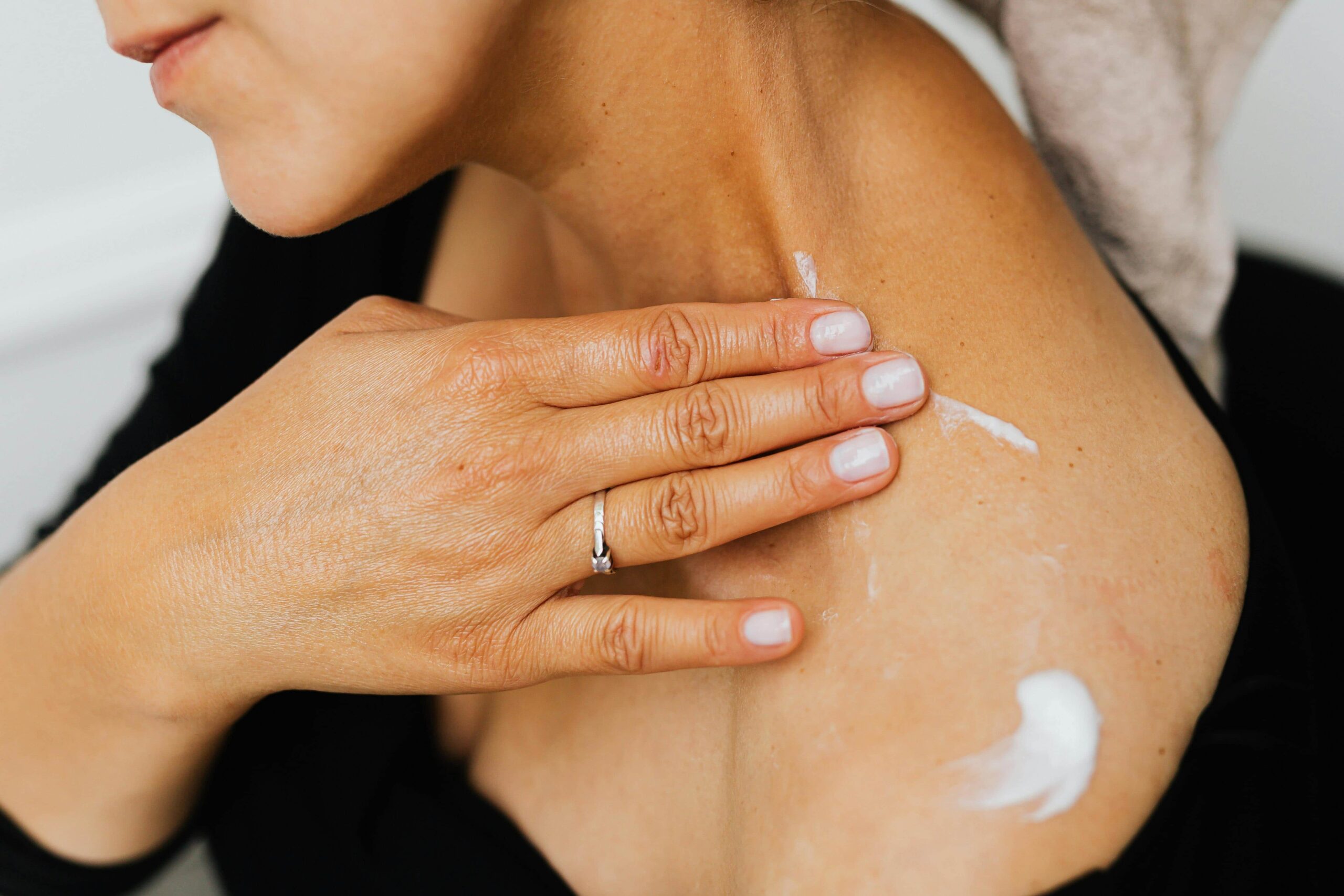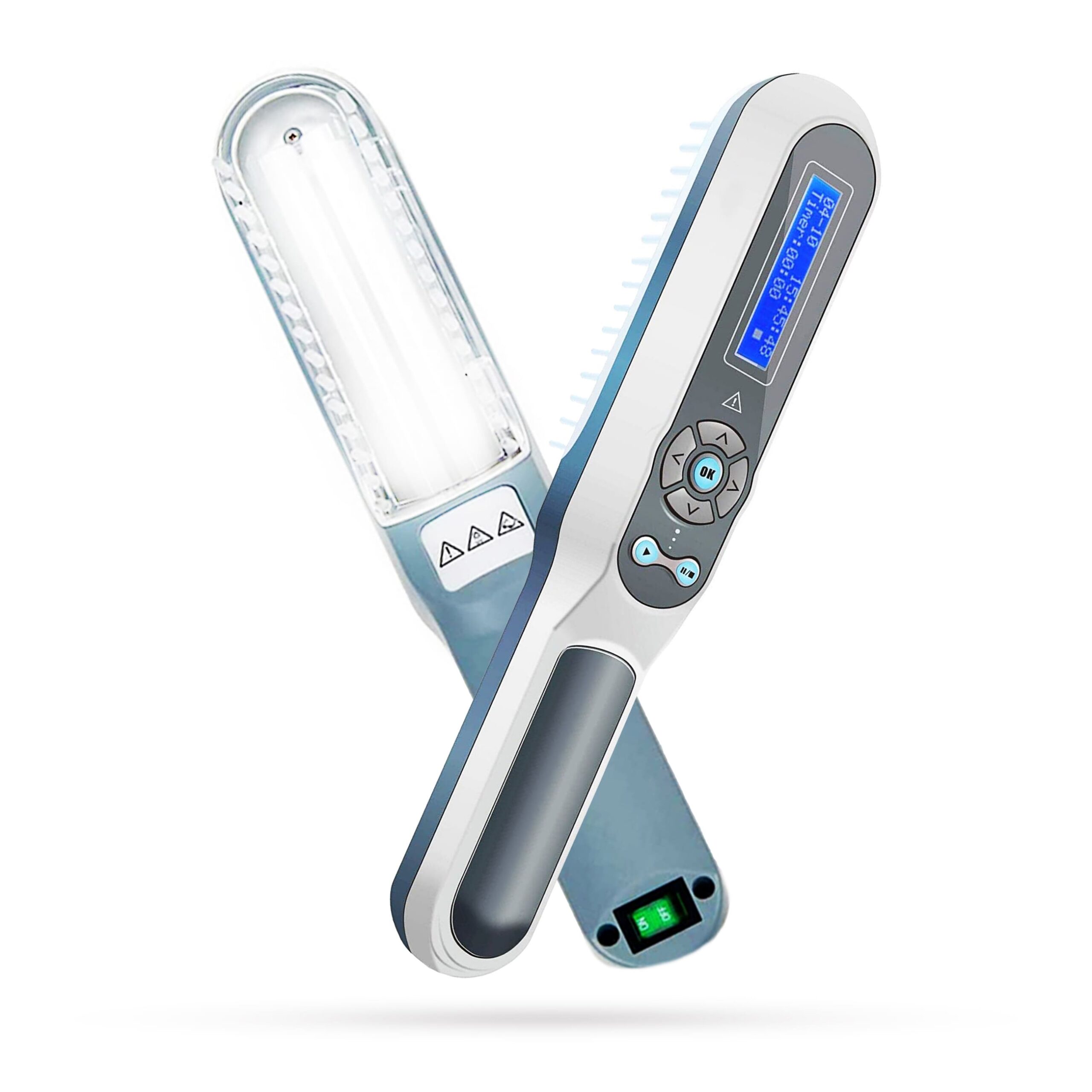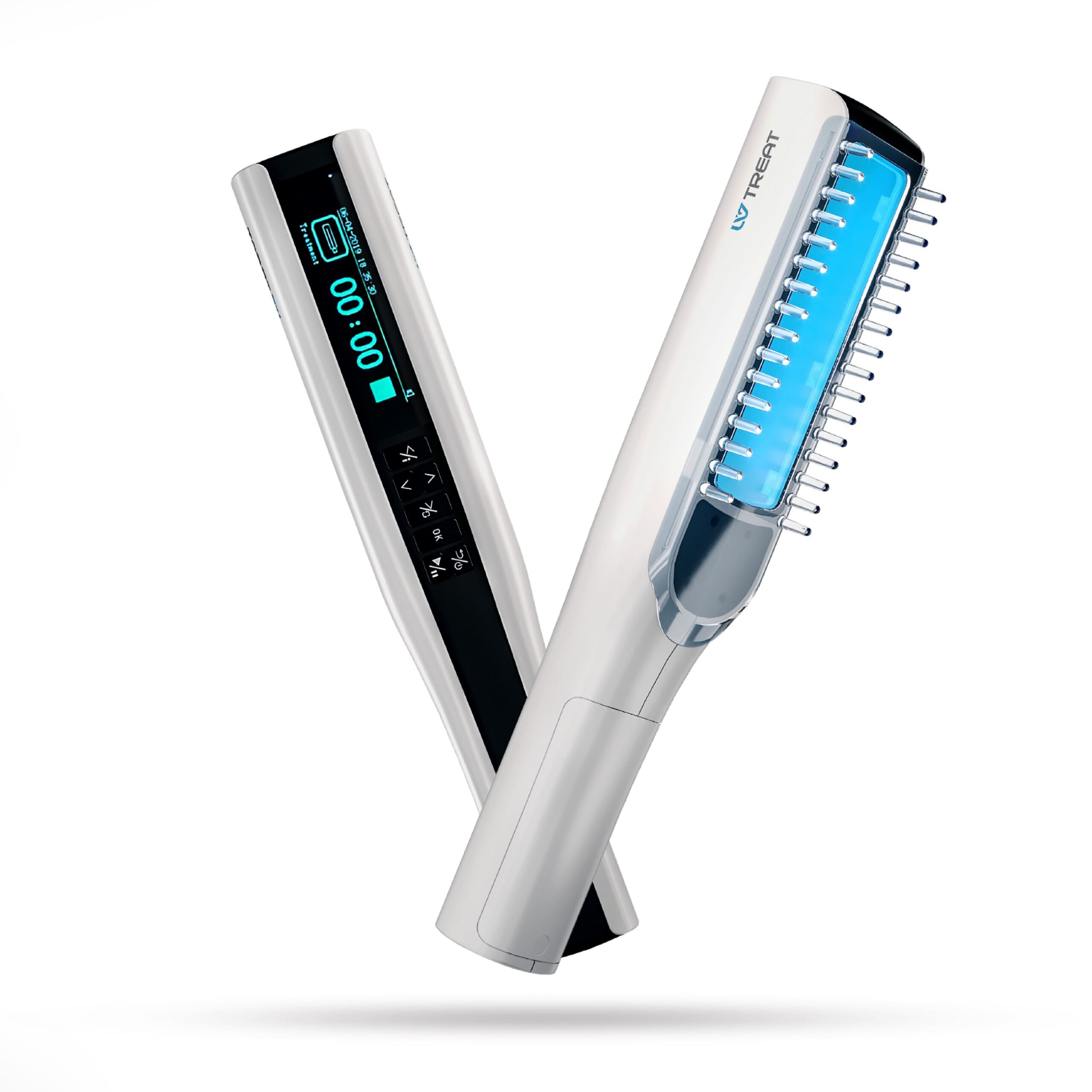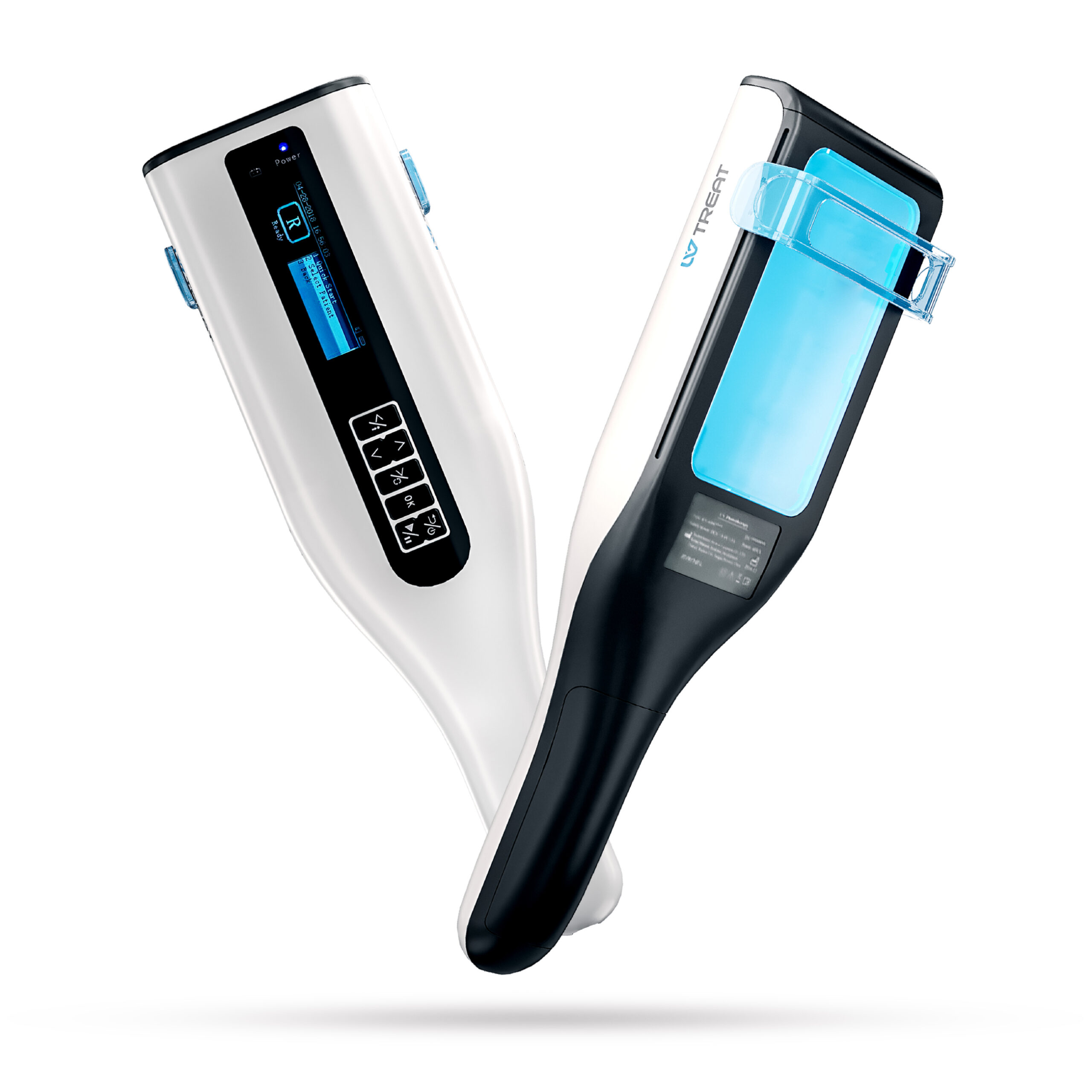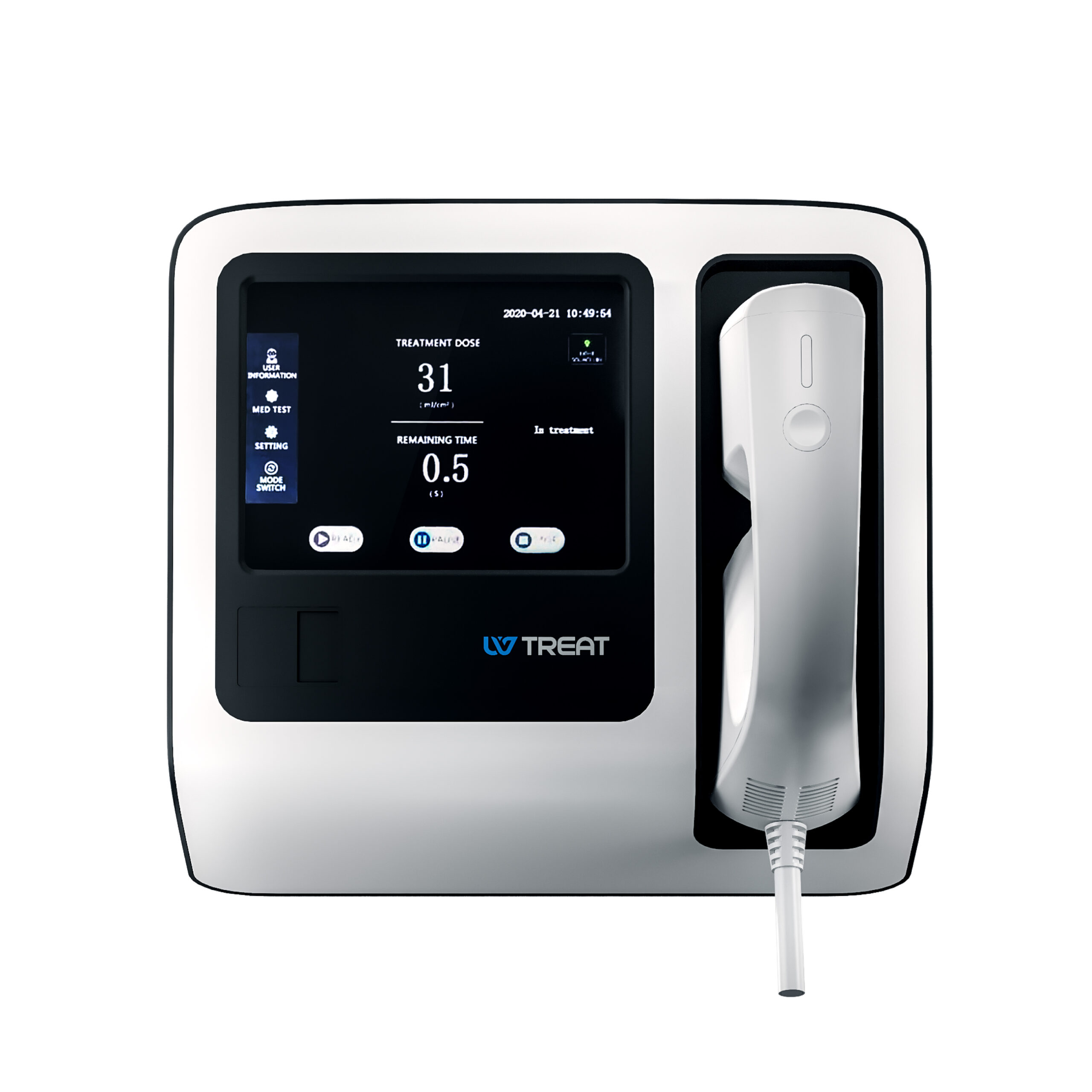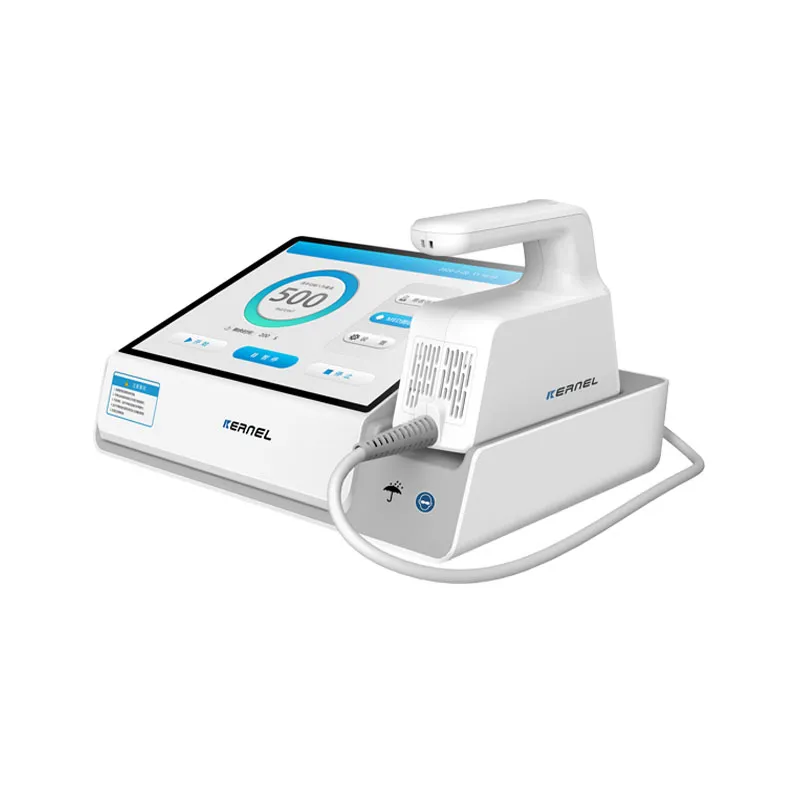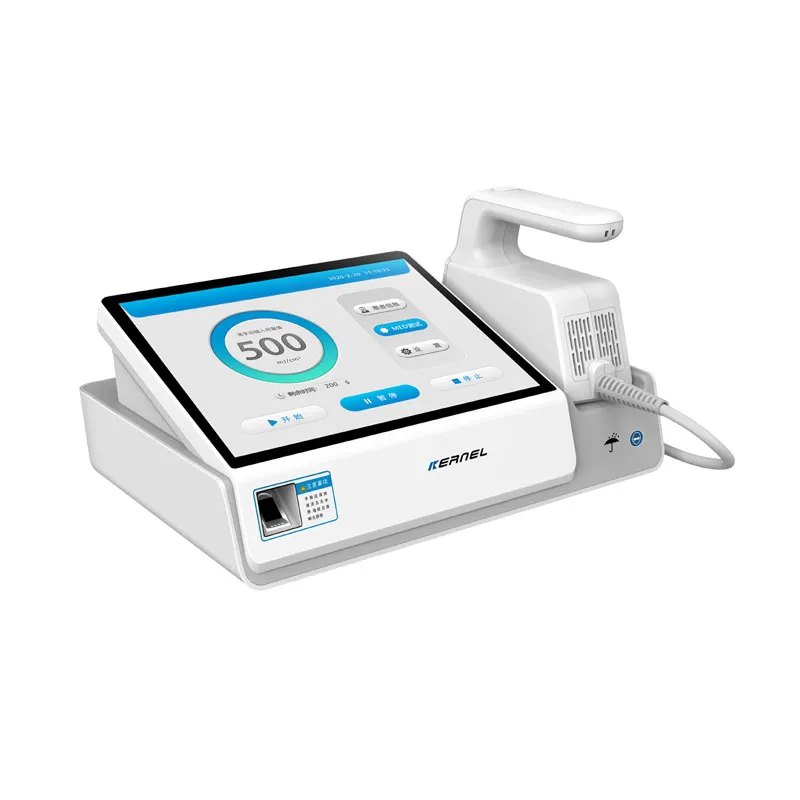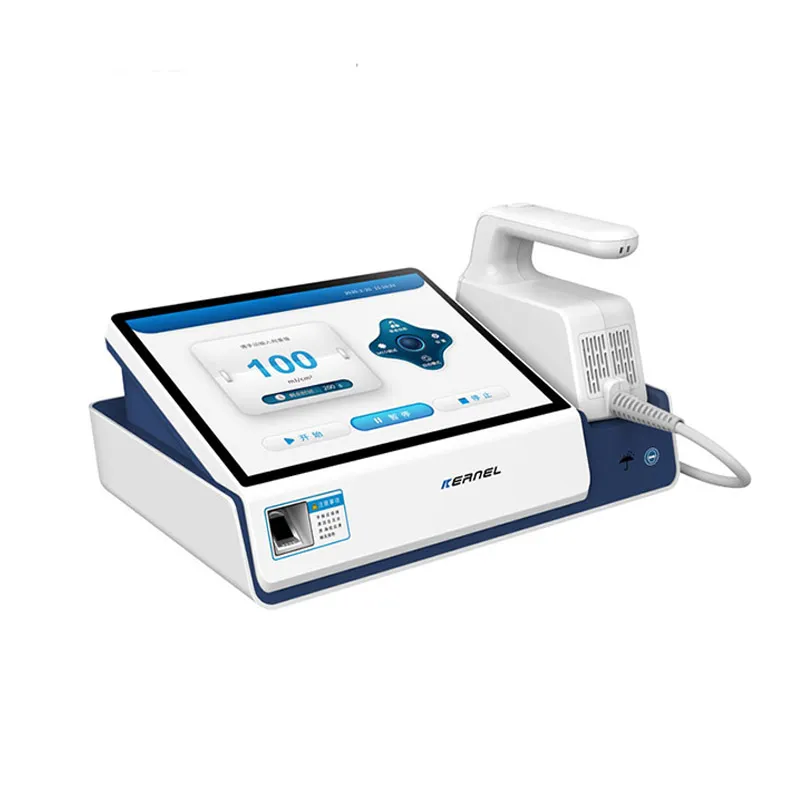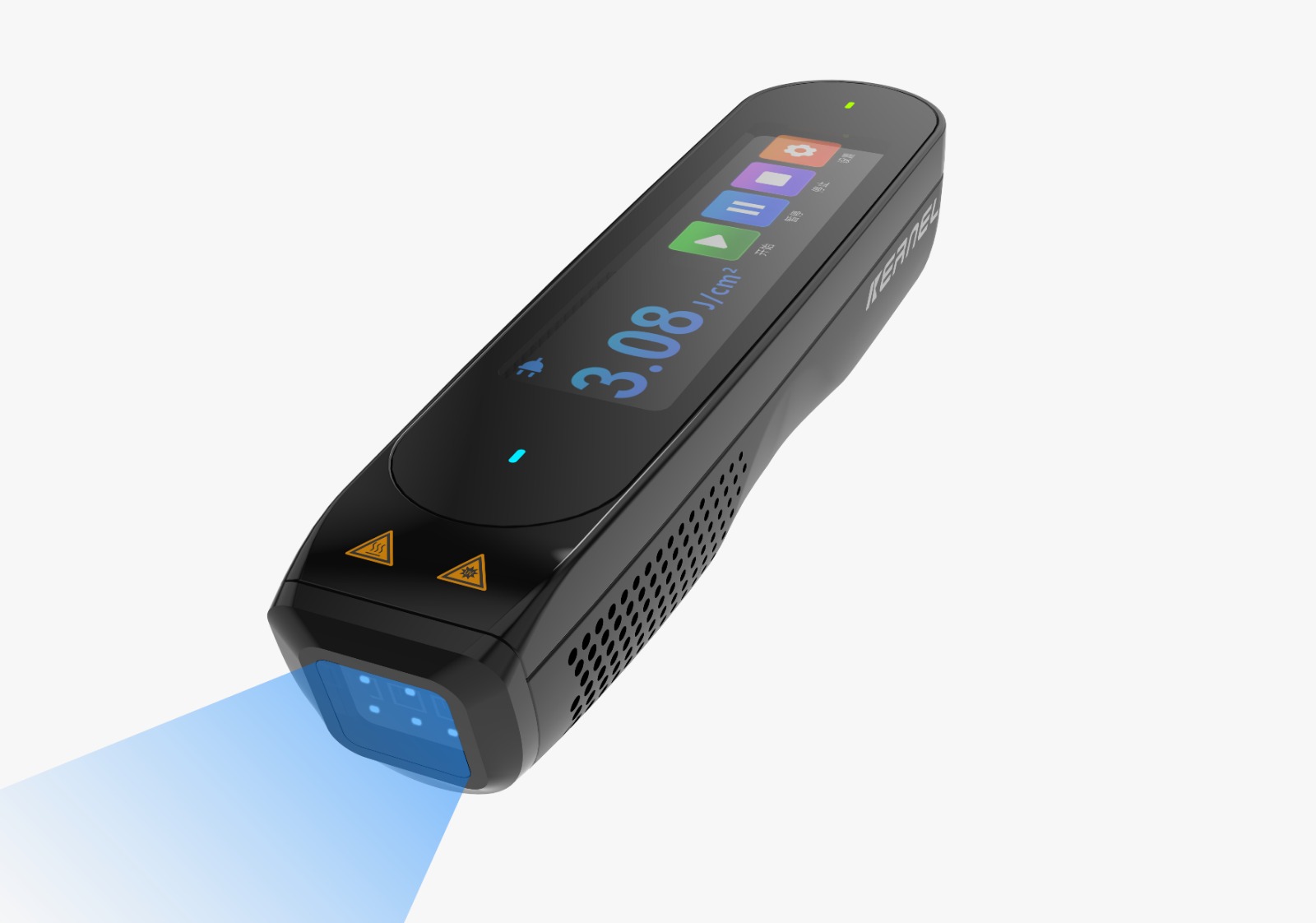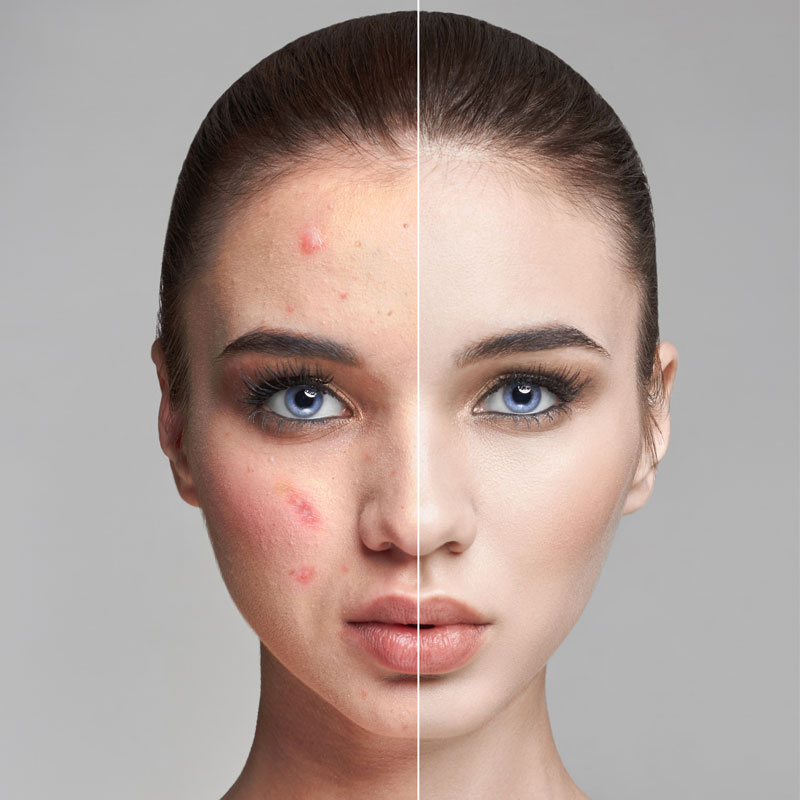What is Neck Acne?
Neck acne is when pimples, blemishes, blackheads, or whiteheads appear on the neck. The neck has a higher concentration of pores and oil glands, making it susceptible to acne. It happens when hair follicles on the neck get blocked by a combination of dead skin cells and oil. Bacteria feeding on this mix can lead to inflammation and acne.
Factors like hormones, genetics, pore-clogging beauty products, stress, and diet can contribute to neck acne breakouts.
Types of Neck Acne
Neck acne comes in different forms, indicating that there’s no one-size-fits-all cause. Various types of pimples on the neck also mean that treatments can vary. Dermatologists can develop the most effective approach to treat the issue by understanding the type of acne. There are four main types of acne on neck:
Papules
Papules are solid, raised growths result from clogged pores, appearing red and tender due to the accumulation of oil, skin cells, and bacteria inside hair follicles. They appear on the hairline and neck. Hair products, known to irritate the skin, can contribute to papule formation.
Pustules
Pustules are tender, red bumps with a white center due to pus buildup.
Nodules
Nodules are painful lumps that develop under the skin. They are larger and harder than papules and pustules. These deep lumps do not usually contain pus but can be painful.
Cystic Acne
Neck acne can develop into severe cystic acne, characterized by painful, inflamed, pus-filled cysts. These deep lesions form when pores are clogged below the surface by bacteria, oil, and dead skin. This severe form of acne, often linked to hormonal fluctuations during pregnancy and menstruation, requires professional medical attention. [2]
What Causes Neck Acne?
Acne, whether on your neck or elsewhere, results from clogged pores filled with dead skin cells, excess oil, debris, and bacteria. Various factors contribute to acne. To address acne effectively, understanding the specific causes is essential. Start by asking, “Why am I breaking out on my neck?” Here’s a list of potential causes contributing to acne on your neck.
Skin Type
Certain skin types produce more oil, making them prone to breakouts. Individuals with oily skin are naturally more susceptible to pimples and acne. Although you can’t change your skin type, maintaining an effective skincare routine is crucial for preventing breakouts. In the case of an active neck breakout, seeking medical intervention can help reduce pimples.
Comedogenic Products
“Comedogenic” refers to the likelihood that something will clog a pore. Many products commonly used on the skin – make-up, sunscreen and topical solutions – will actually trap sweat, oil and dead skin cells in the pores. Failure to cleanse these products by the end of the day can result in pimples, as they often contain elements that clog up pores and hair follicles.
Skin Irritation
Acne pimples can easily occur on irritated and damaged skin. Skin irritation occurs due to rubbing or pressure of the skin towards clothes syndrome known as “acne mechanica”. Neck acne pimples become severe when wearing choker necklaces, turtlenecks, scarves, or helmets.
Poor Hygiene
Poor hygiene may contribute to acne pimples. While many people wash their faces, neglecting to clean the neck properly can result in the buildup of dirt, sweat, bacteria, and impurities. When combined with sebum, these substances have the potential to clog pores and promote acne growth. Proper neck cleaning is essential in preventing these issues.
Fluctuations in Hormones
Fluctuating hormonal levels increase sebum production, and these are some of the major causes that are highly related to acne pimples. With puberty, menstruation, pregnancy, menopause, and imbalances, hormonal fluctuations are expected to occur more in women than in men. Recent research indicates that about 85% of women with acne suffer heightened symptoms during the monthly periods. [3]
Stress
Even if stress does not directly cause acne, it raises the level of cortisol, which makes the body make more oil for the skin than it normally does. This oil can clog pores, already has bacteria, and is inflamed. Emerging studies suggest a significant relationship between stress and acne prevalence but more research is needed to understand this connection fully. [4]
How to Get Rid of Neck Acne
Dealing with neck acne follows similar principles to treating facial acne. Various treatment plans can be explored depending on the frequency, duration, and severity of pimples. Most breakouts, except for cystic acne, tend to resolve on their own, especially during adolescence.
For occasional and mild acne, over-the-counter washes with benzoyl peroxide can be effective. Persistent neck acne that doesn’t respond to over-the-counter options may require prescription treatments. Oral tablets, often antibiotics, target bacteria causing inflammation and help with acne. Topical creams and lotions, such as retinoids or azelaic acid, offer additional therapeutic choices.
Start your journey to better skin today. Please fill out our form for a free consultation with our experts.
How to Treat Neck Acne at Home
Home treatment brings a solution especially for the few rare times that acne appears without having to be treated medically. Early home treatments will resolve acne in a few days. Here are the common and effective home solutions:
- Aloe vera: Aloe vera is commonly used to treat sunburns as it aids in skin healing and provides relief for dry and inflamed skin.
- Ice: The simplest method for growing pimples on neck. Applying ice reduces swelling and redness.
- Avena: It possesses antioxidative properties, which can relieve irritated and dry skin.
- Tea tree oil: Tea tree oil is effective, in reducing acne due to its inflammatory and antimicrobial properties. The astringent qualities of tea tree oil are beneficial for removing oils from the skin. [5]
- Bentonite clay mask: Using a bentonite clay mask helps eliminate impurities such as bacteria and excess sebum, which can contribute to the formation of pimples. Applying a clay mask twice weekly can help speed up the healing process of existing acne blemishes.
- Witch hazel: Witch hazel acts as an astringent with inflammatory properties making it an effective toner for the skin. [6]
How to Use UVB Light for Treating Neck Acne
Utilizing UVB light, for addressing acne on the neck can prove beneficial. It is crucial to adhere to a safe procedure. Begin by discussing with a skin specialist to confirm if UVB light therapy is appropriate for your skin type. Obtain a high quality UVB light device specifically crafted for skin care and meticulously follow the accompanying guidelines.
Cleanse your neck before the therapy, wear eyewear and initiate with sessions while progressively increasing exposure. Stick to the advised timetable. Keep an eye on how your skin reacts. In case of any reactions discontinue usage. Seek guidance from your dermatologist. Pairing UVB light therapy with remedies can heighten its efficacy, offering a holistic approach, to treating neck acne.
How to Treat Neck Acne Professionally
While minor neck pimples usually clear up quickly, moderate or severe acne may require specialized skincare over weeks or months. Even after the pimples vanish, ongoing use of acne medication may be necessary to prevent a recurrence. Here are effective professional approaches to treat acne:
Benzoyl Peroxide
Widely used in over-the-counter acne treatments, benzoyl peroxide eliminates acne-causing bacteria, reduces inflammation, and aids in pore cleaning. Available in different formulations and strengths, it’s non-prescription and effective in reducing blemishes clearing pores of excess oil and dead skin cells. [7]
Salicylic Acid
It is a beta-hydroxy acid found in many over-the-counter acne treatments like cleansers and spot treatments. Particularly effective against blackheads and whiteheads, salicylic acid clears pores of oily plugs and helps prevent future comedone formation. [8]
Retinoid
Derived from vitamin A, retinoids are a frontline treatment for mild to moderate acne, available in over-the-counter and prescription-strength varieties. They remove dead skin cells, preventing pore-clogging, and are known for their effectiveness in treating mild, moderate, and severe acne. [9]
Oral Antibiotics
Topical antibiotics like clindamycin, erythromycin or tetracycline can treat acne by reducing inflammation and acne-causing bacteria on the skin. They are typically used alongside other topical treatments to prevent antibiotic resistance.
Hormone Treatments
Involving birth control pills and anti-androgen pills (spironolactone), these modulate hormones to alleviate acne. [10] Oral contraceptives containing estrogen and progestin limit the effect of androgens on the skin, reducing sebum production and effectively treating acne.
How to Prevent Neck Acne
Here are some tips, on how to prevent neck acne:
- Make sure to cleanse and moisturize your neck twice a day after exercising.
- If your hair touches your neck consider washing it to prevent acne.
- Remember to apply sunscreen and remove makeup before going to bed.
- Opt for non-comedogenic products such as cleansers, sunscreens, moisturizers and makeup for your neck.
- Avoid touching your skin with hands and refrain from picking or popping pimples to prevent scarring and infections.
- Gently cleanse your neck with a non-comedogenic cleanser using warm water twice a day. Be gentle while washing to avoid irritation.
- Stay away from clothing, around the neck that may rub against the skin or cause sweat buildup. Instead choose clothes made from breathable materials.
- Keep your hair clean and away from your neck to prevent acne. Use non-comedogenic or oil-free hair care products.
Conclusion
Neck acne, though less common compared to facial acne, can be as equally fussy. The good news is that the same treatments effective for facial acne can be applied to address acne. While home remedies are sufficient to relieve the person, it would be better for persons with acne to go to a dermatologist.
While severe cases may require a visit to the dermatologist, once over-the-counter treatments fail, this specialist ensures that there will be a strategy in place to dispose of your neck acne by shaping your approach against the neck acne severity and response to treatments.
Schedule your appointment now to get personalized treatment planning for your neck acne and ensure happier, clearer, and healthier skin.
